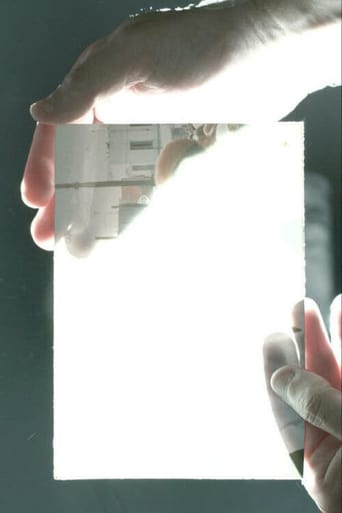Apparition
The past is always out of reach, yet we’re always pulled towards it. Ismaïl Bahri's poetic film plays with this paradox. We see two hands holding a photograph which is illuminated by strong light from two sides, blinding us to its contents. Only the shadows cast by the hands reveal what is hidden by the light: a crowd gathering on 20 March 1956, Tunisia's independence day. A synaesthetic gesture, where seeing is enabled by touch. The past is always out of reach, yet we’re always pulled towards it. Ismaïl Bahri's poetic film plays with this paradox. We see two hands holding a photograph which is illuminated by strong light from two sides, blinding us to its contents. Only the shadows cast by the hands reveal what is hidden by the light: a crowd gathering on 20 March 1956, Tunisia's independence day. A synaesthetic gesture, where seeing is enabled by touch. The past is always out of reach, yet we’re always pulled towards it. Ismaïl Bahri's poetic film plays with this paradox. We see two hands holding a photograph which is illuminated by strong light from two sides, blinding us to its contents. Only the shadows cast by the hands reveal what is hidden by the light: a crowd gathering on 20 March 1956, Tunisia's independence day. A synaesthetic gesture, where seeing is enabled by touch. The past is always out of reach, yet we’re always pulled towards it. Ismaïl Bahri's poetic film plays with this paradox. We see two hands holding a photograph which is illuminated by strong light from two sides, blinding us to its contents. Only the shadows cast by the hands reveal what is hidden by the light: a crowd gathering on 20 March 1956, Tunisia's independence day. A synaesthetic gesture, where seeing is enabled by touch.



 AD
AD